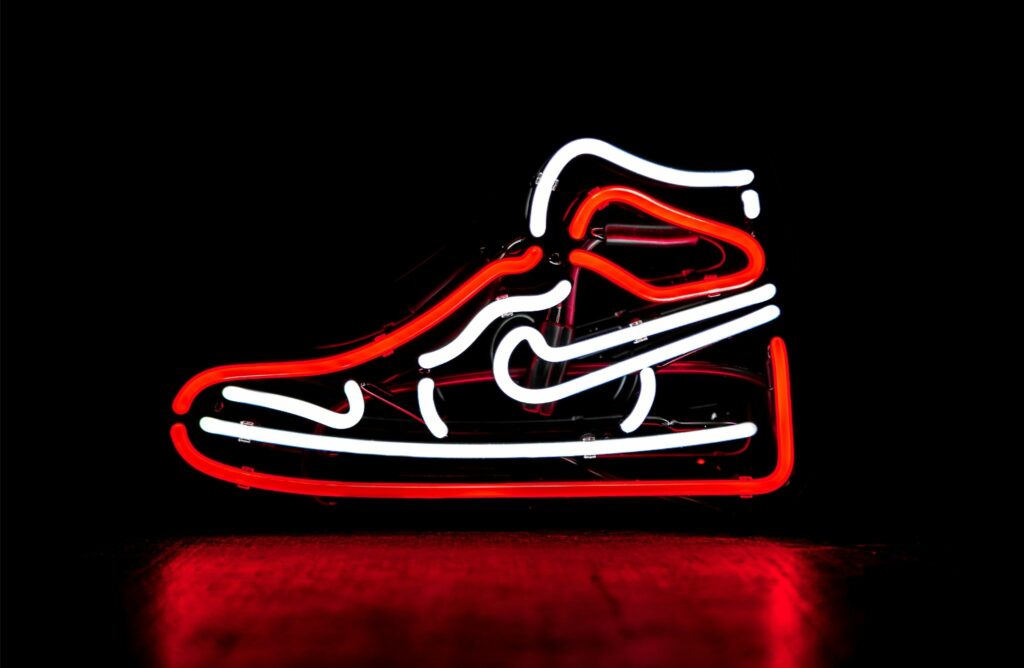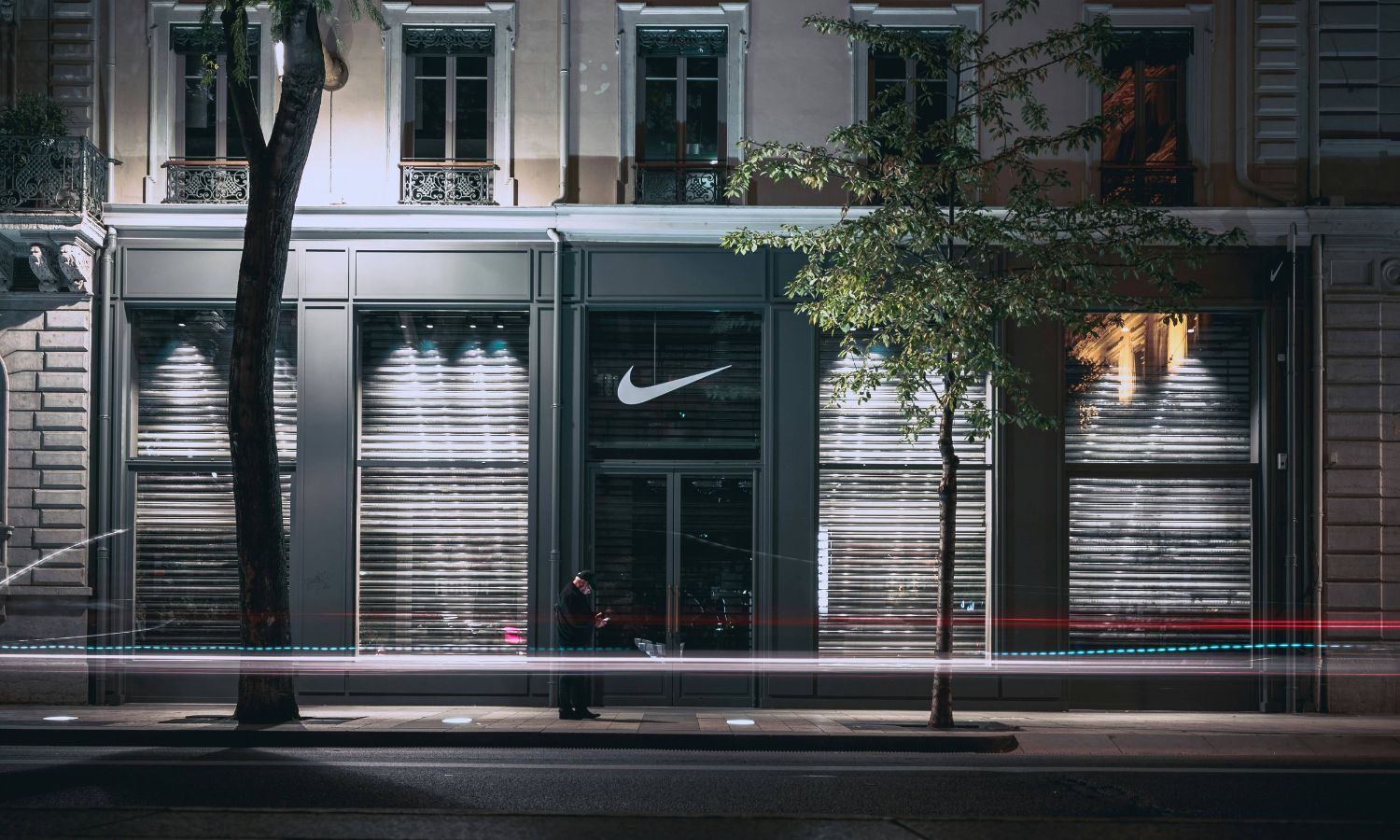Based on its extensive collection of athlete data, the sportswear company Nike is creating its own generative AI model to design things, as Dezeen can disclose.
In order to leverage its unique athlete performance data, Nike is reportedly developing a custom large language model (LLM), according to Chief Innovation Officer John Hoke.
AI that is trained to recognize language patterns is called a language model machine (LLM). ChatGPT by OpenAI is the most well-known example.
Nike building AI “private garden”
“We use all the LLMs that are out there and we do have a model that we’re building in-house,” Hoke explained to Dezeen.
“It’s a little bit of thinking about developing a private garden, of looking at our own datasets that are exclusive to Nike – so performance data from an athlete, from our laboratories, et cetera. And then kind of commingling that with some things from the public garden, but making sure that that’s all contained within what we’re training the model on.”
However, Nike has not yet decided on a name for their AI model.
Ahead of the 2024 Olympic Games, which will be held in Paris this summer, Hoke spoke with Dezeen at a recent Nike event in the French capital. There, the company debuted its new line of top sports footwear.
Athlete Imagined Revolution (AIR), a project that saw the design team make prototype shoes for 13 of Nike’s best athletes, including French football player Kylian Mbappé and US sprinter Sha’Carri Richardson, based on their preferences and personalities, was also on display at the corporation.
“I would call this a new alchemy of making products at Nike,” Hoke added.
“And that is taking the athletes’ dreams, going deep into their personality, understanding what they’re all about, adding that with our own imagination, our own intentions and those emerging technologies – AI and computational design – and kind of converging these together.”
It’s unclear if this highly customised method will ever be used on the track at competitions because World Athletics regulations require shoes worn in events to be readily available.

“All the sports are governed by the proper regulations, and that governance is critically important to us,” Hoke stated. “We’re not seeking an unfair advantage.”
He did, however, imply that Nike will keep looking at the competitive advantages that customised athlete products may provide.
Hoke continues, “This is just an extension of my anatomy, it’s my movement signature, it’s my body being amplified with these products,” adding that he believes that would give them both a physical advantage as well as a psychological and emotional advantage. It’s an extension of who they are.
“I think what AIR represents is a step change in the way we design and manufacture.”
According to Hoke, technology like artificial intelligence (AI), virtual reality (VR), and 3D printing are crucial to this change since they significantly speed up the prototype process.
“There’s this larger idea of quantum creativity of the future, which is being able to take in vast amounts of information, and use new technologies to do things very quickly,” he stated.
In this case, you sort of strike a balance between pace and fidelity. And it now takes hours to demonstrate to an athlete what used to take weeks or months. Because they’re either viewing it in virtual reality or receiving a 3D print that we’re displaying on screen, by doing so they become really engaged.
Artificial intelligence is “rocket fuel for creativity”
The term “generative AI” describes AI models that extrapolate from data they have been educated on to produce various forms of content, including text, photos, videos, and code.
Nike’s investment might be interpreted as a vote of confidence in the technology following generative AI’s period of intense market excitement, which was followed in 2023 by growing scepticism from certain experts and worries about the ramifications for the creative sectors.
“I don’t think in our case of designers, it ever replaces creativity,” Hoke added. “It is undoubtedly a creative supercharger, in my opinion. Being able to perform and observe things in minutes and seconds as opposed to weeks and months definitely broadens my own imagination.”
“And I’ve got to come to this equilibrium, where I think it’s an amazing tool guided by a human’s imagination,” he said. “It’s idle until you engage it.”
The majority of scepticism regarding the practicality of generative AI centres on the models’ propensity for mistakes, or “hallucinations.”
As a designer, Hoke says he’s not scared of that since he believes it’s all part of the wonder of being able to look away and see what’s coming.
I’m not afraid of mistakes or delusions here. I believe it’s another perspective that allows me to be more creative.”

Final thoughts
In embracing AI technology for design innovation, Nike is poised to revolutionise its creative process. By leveraging AI models, the company aims to achieve a significant step change, fostering more efficient and forward-thinking design strategies.
This bold move underscores Nike’s commitment to staying at the forefront of the industry, ushering in a new era of unparalleled creativity and product development.
(Tashia Bernardus)
